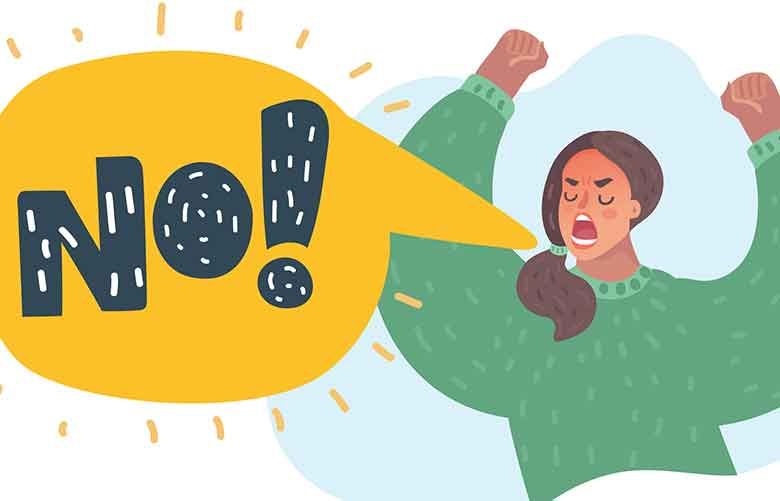Why the Customer is Not Always Right? 7 Surprising Reasons

The age-old adage "the customer is always right" has been a cornerstone of customer service philosophy for decades. But is it really true? While customer satisfaction is paramount, adhering strictly to this belief can sometimes do more harm than good.
In this article, we delve into seven surprising reasons why the customer isn't always right and explore how a balanced approach can enhance business success.
Why the customer is not always right?
It's important to accept that customers won't always be completely accurate. The key is how you handle their feedback and its impact on your business.
Here's why understanding their perspective is crucial:
- Identify the root cause: Before deciding how to address the situation, figure out why the customer feels their information is correct. This could be due to a misunderstanding, a genuine error, or a different experience they had.
- Tailor your response: Knowing the reason behind their inaccuracy allows you to craft a more effective response, whether it's clarifying information, addressing the error, or explaining a different perspective.
Here you go with the seven reasons why;
1. Unreasonable Demands

Customers sometimes make demands that are unreasonable or impossible to meet. These requests can range from expecting immediate service during peak hours to demanding products or services that are beyond what the business offers. Meeting these demands can strain resources and disrupt operations. For example, a customer might insist on a custom order with a very short turnaround time, which isn't feasible without compromising quality or overworking staff.
2. Lack of Expertise

Customers may not always understand the technical or practical limitations of what they are asking for. For instance, a client might want a website feature that isn't compatible with the existing system. This lack of expertise can lead to unrealistic expectations and frustrations on both sides. Educating customers about these limitations helps manage expectations and fosters a better working relationship.
3. Impact on Employee Morale

Constantly siding with customers, even when they are wrong, can demoralize employees. It sends a message that their well-being and professional judgment are less important than placating difficult customers. Over time, this can lead to decreased job satisfaction and higher turnover rates. Employees who feel supported and valued are more likely to provide excellent service, leading to happier customers overall.
4. Costly Errors

Sometimes, customers make requests that, if fulfilled, could result in significant errors or financial losses. For example, a customer might insist on using cheaper materials that compromise product quality, leading to returns and refunds. By not always adhering to the customer's demands, businesses can maintain their standards and avoid costly mistakes that could harm their reputation and bottom line.
5. Unfair Advantage

Allowing customers to always be right can create an unfair advantage for those who are more demanding or aggressive. This can alienate more reasonable customers who feel neglected or undervalued. For instance, if a business frequently bends rules for demanding customers, others might perceive this as favoritism and take their business elsewhere.
Set your tone of voice to interact with your customers and reduce 80% of human support costs.
6. Negative Impact on Business Strategy

Catering to every customer demand can divert a business from its core strategy and long-term goals. Businesses need to stay focused on their vision and objectives, and sometimes this means saying no to customer requests that do not align with their strategy. For example, a company focused on sustainability might refuse a lucrative order that requires environmentally harmful practices.
7. Encourages Bad Behavior

Always giving in to customers can encourage bad behavior, such as being rude to staff or making unreasonable complaints to get discounts or freebies. This behavior can spread, leading to a toxic environment where bad behavior is rewarded. Setting clear boundaries and standing firm on policies helps maintain a respectful and fair atmosphere for both customers and employees.
Final Thoughts
Delivering exceptional customer service is a team effort. Remember, not every customer concern stems from a mistake on their end. Focus on creating opportunities to delight your customers and minimize any potential for negative reviews.
By keeping these points in mind, you can effectively navigate customer interactions while achieving your business goals. This leads to a positive experience for everyone involved, and ultimately, greater success for your company in the long run!
FAQs
Is it correct to say the customer is always right?
In a strict sense, no, the customer isn't always factually correct.
However, prioritizing customer satisfaction is still important. Here's the approach many businesses take:
- Listen attentively to customer concerns and feedback.
- Understand the underlying issue behind their perspective.
- Work towards a solution that addresses their needs while considering business policies.
What is the real saying "the customer is always right?"
The original saying is often phrased as "The customer is always right." It originated in the early 1900s by retail pioneers who emphasized prioritizing customer satisfaction.
The intent wasn't to suggest customers are infallible, but rather to ensure they feel heard and valued.

.png)
